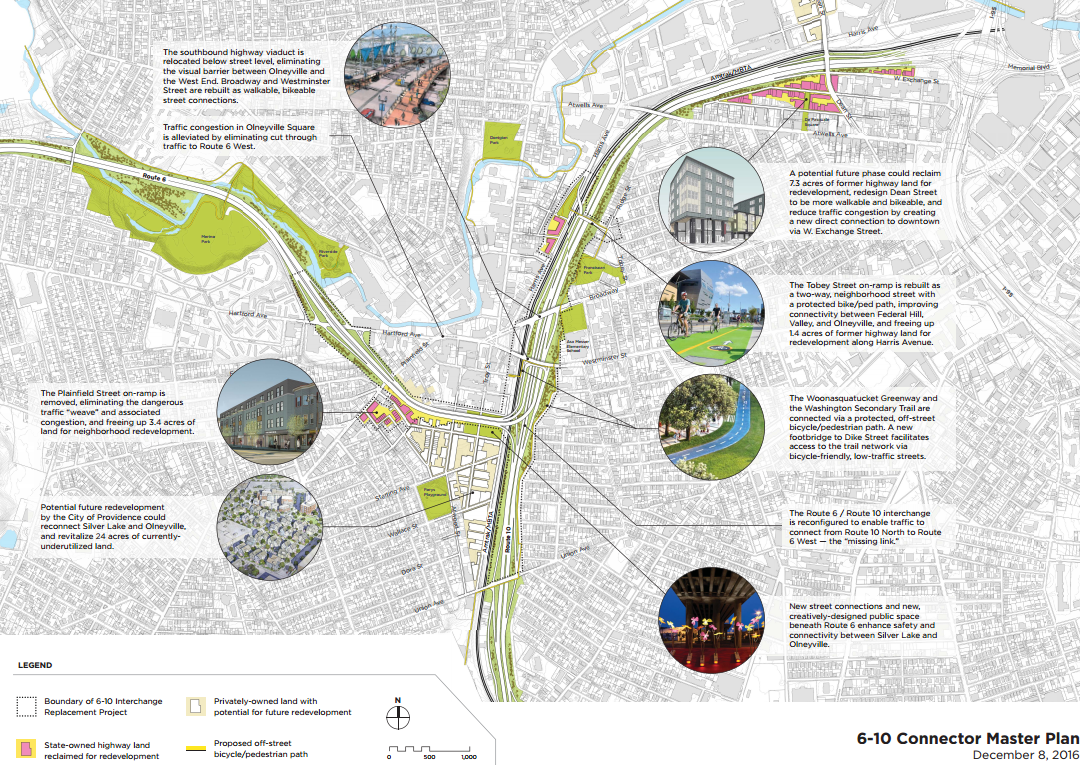At Swing into Summer the past two years, Arthur Davis has recited this amazing poem written by Mac Parker in 1986. It’s a little hard to find the text (Arthur found it from scanned photocopies of typewriter-written pages) so I transcribed it from said scanned PDFs. This piece is amazing, though apparently Parker himself was recently involved in a Ponzi scheme in Vermont that was pretty wacky. It’s so fascinating how art can be amazing even when created by people who have done problematic things (see H.P. Lovecraft).
The Givin’ War
By Mac Parker – January, 1986
People think about farmin’ ‘n they think about neighbors,
Fine, friendly people
Sharin’ life’s labors.
They think of kind people, who forsake sleepin’ at night,
To rescue dear neighbors
From some terrible plight.
They think of getting’ the hay in, or helpin’ with chores,
They think of old-fashioned barn raisin’s
With friends by the score.
Well, it’s true that us farm folks will give ‘til it hurts,
But when it comes to receivin’
Ain’t nothin’ we hate any worse.
The Judsons and the Larocques were neighbors, that’s true,
They lived ‘bout as close
As I am to you.
They could look out the window ‘n see each other’s hay growin’,
They knew when they was bailin’
They knew when they was mowin’.
And while it might be a bit harsh to use the word “spy,”
Let’s jest say that on each other
They kept a pretty close eye.
Oh, they always acted real friendly, they’d wave on the road,
But there was a tension beneath it
You could see it, it showed.
I dunno how it started, this two-family grudge,
But I do know for years now
Neither fam’ly would budge.
So, when Bess Larocque left a loaf of fresh bread,
On the Judson’s front porch
By the door, near the shed,
It caused quite a stir, it made the Judsons suspicious,
They scowled as they ate it
It was warm and delicious.
That was a damn nasty thing to do for no reason,
It weren’t no one’s birthday
Not even the holiday season.
It broke all the rules ‘n it made a real bad impression,
To do somethin’ so nice
Was a clear act of aggression.
Well, we won’t let ‘em get away with it, we’ll counter-attack,
We’ll go right on up there
‘N we’ll give ‘em something’ right back!
But there’ a problem, you see, in a real givin’ war,
You cain’t jest return what they gave you
You have to give more.
So, the Judsons all thought, ‘n the Judsons all schemed
They thought up more presents
Than you’ve ever dreamed.
What they decided was modest – nine fresh coffee cakes,
They’d show Bess Larocque
She weren’t the only one who could bake.
They left a nice note, “To our friends, with best wishes,”
Then they went home to do chores
‘N wash up the dishes.
They was feelin’ quite good, like a wrong had been righted,
But oh, they shoulda known
‘Twas too soon to get excited.
‘Cause that night it snowed, ‘n the wind it was loud,
But when the Judsons woke up
Damned if their driveway weren’t plowed.
See, the Larocques had a snowplow, ‘n as Pete stepped on the gas,
While plowin’ that driveway
He says, “Best wishes, my ass!”
This time the Judsons struck back jest as fast as they could,
They took that whole day
To cut ‘n split firewood.
Then they loaded the dump truck, ‘n that truck they did park,
Then they sat ‘round the kitchen
Drinkin’ coffee ‘til dark.
Then they drove to Larocques’ house, ‘n the roads was real slick,
To unload firewood real quiet
In the dark, was a trick.
But they left two whole cords there, all stacked in the snow,
With a nice hand-written note
Said, “Jest in case you run low.”
Well, good deeds was one thing, but these damn friendly notes,
Really steamed the Larocques
Sure did get their goats.
So, Pete knew what was next, ‘cause he’d seen broken glass,
In the Judsons’ barn windows
The other day, drivin’ past.
So, one day when the Judsons were with fam’ly in Maine,
Pete replaced all that glass
He fixed ev’ry last pane.
‘N though Pete in his life had never written one poem,
He now invented a short one
‘N said, “There, that’ll show ‘em.”
“I know you cain’t do ever’thin’, there’s jest too many chores,
So we have helped in one small way
I mean, what are neighbors for?”
Oh, that was really a good ‘un, Pete knew they had the upper hand,
The Judsons had a hard few months
It was almost more than they could stand.
They thought for hours, searchin’ for the perfect thing,
But they couldn’t find one friendly gesture
To really make their neighbors sting.
‘Til one sunny day in early May, John Judson had a stroke a luck,
He found Pete Larocque on his tractor
Buried axle-deep in muck.
Well, John, he stopped b’side the road, ‘n he got out very slow,
Then he called out acrost the field
“What’s the matter, Pete, won’t she go?”
Oh, Pete, he weren’t at all amused, ‘n he jest mumbled somethin’ about,
How he was gonna git his other tractor
‘N pull himself right out.
But John, he wouldn’t hear a that, ‘n his eyes they had a shine,
He says, “Ain’t no need for that, my friend
I’ll go up ‘n bring down mine.
“I mean, it ain’t no trouble, none at all, to pull you outta that goo,
‘N after all you done for us
It’s the least a neighbor can do.”
Like any war, it took its toll, you could feel the increased tension,
The signs of this were numerous
Too numerous to mention.
Peter Larocque, he couldn’t sleep, ‘n Bess had put on weight,
‘N Johnny Judson said his ulcers
Were actin’ up of late.
‘N all the kids on the bus were givin’ away their lunches,
Chicken, apples, potato chips
‘N cookies by the bunches.
Who knows what mighta happened, if not for a stroke a fate,
It’s lucky it happened when it did
It almost came too late.
Old Ed Foster, another neighbor, while cuttin’ his second crop,
He hurt his back so goddam bad
Even old Ed, he had to stop.
So all the neighbors gathered ‘round, as farmers always will,
When there’s somethin’ to be done
When there’s a need that they can fill.
So, the enemies, jest like that, were turned into allies,
They got the hay in, they did the chores
They baked Ed raspberry pies.
And animosity seems to fade, ‘n tension mostly melts,
When both sides in a givin’ war
Can give to someone else.
But now Ed is gettin’ better, least this is what I’m told,
So now your guess is as good as mine
Whether this shaky truce will hold.
Best keep an eye on this situation, I really think we need to,
‘Cause with world affairs bein’ what they are
Who knows what a givin’ war might lead to.
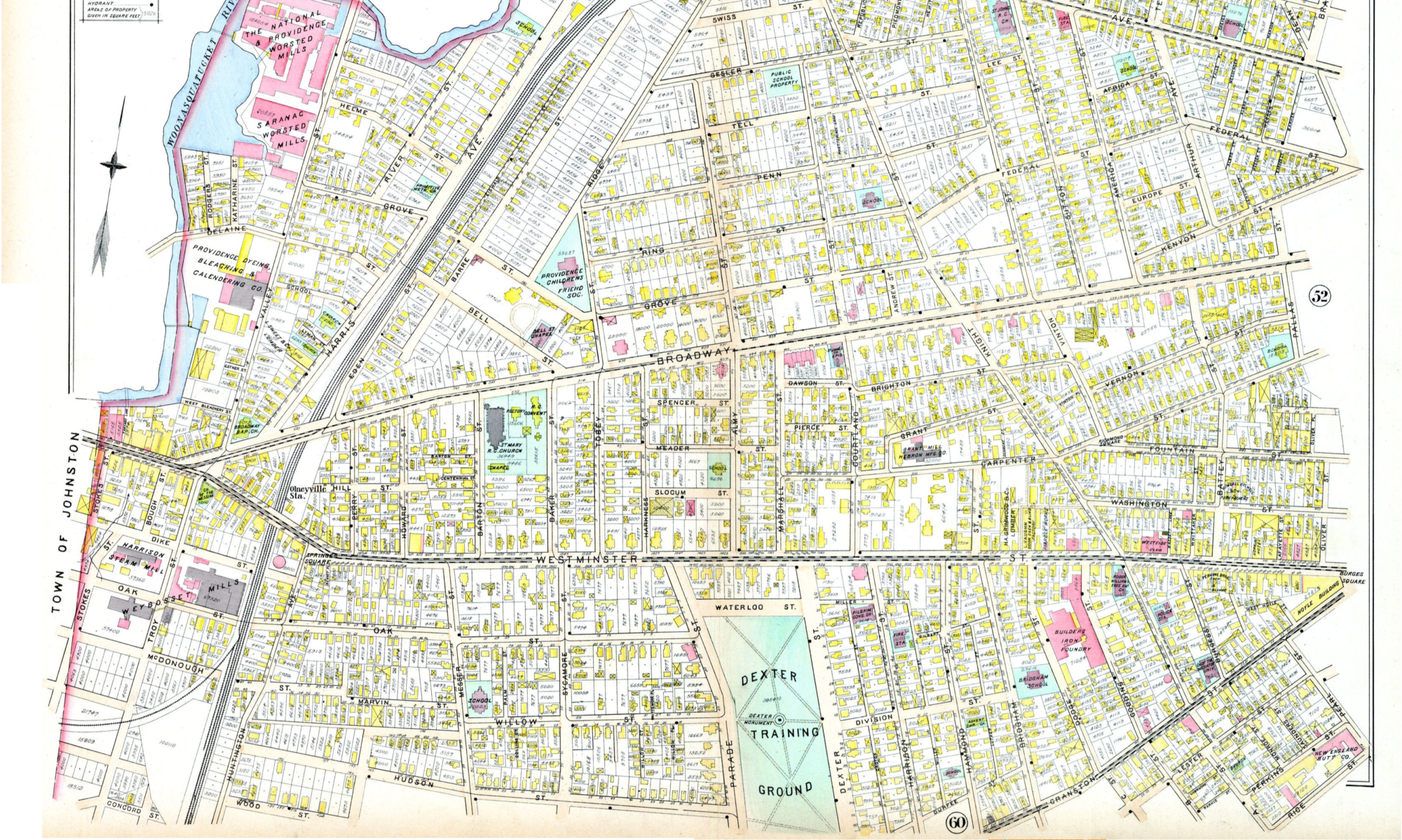
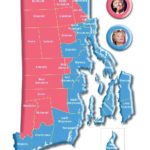 The Providence Journal published a map a few days after the election titled “
The Providence Journal published a map a few days after the election titled “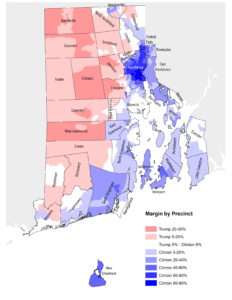
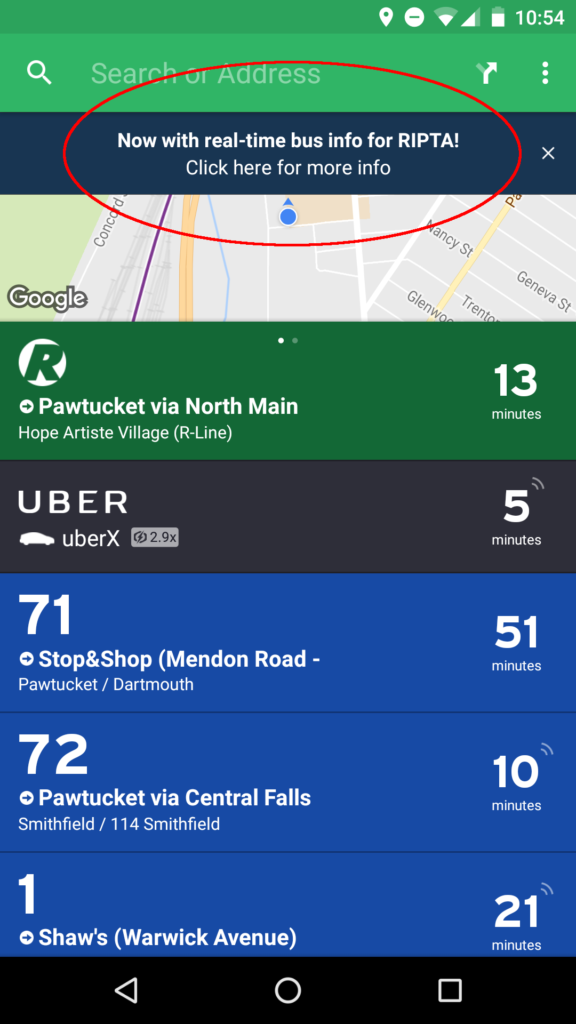
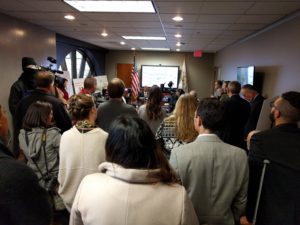 I’ve been
I’ve been 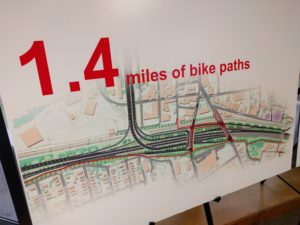
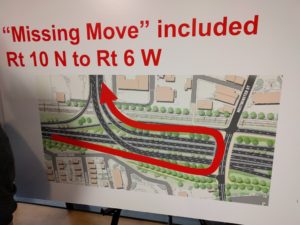 “The Missing Move”: It’s a pretty dumb name, but it’s a really important problem with the existing infrastructure. There’s not currently a way you can stay on the highway and get from 10 North to 6 West. Consequently, most people get off the highway and go through Olneyville Square to get on 6 West on the other side. This plan fixes that. While you might think all that traffic would be good for Olneyville businesses, most of them aren’t stopping, and consequently the opposite is true. All that car traffic squished through the awkward alignment of Olneyville Square makes it not a place people want to spend time, and its local economy suffers. Rebalancing the modal preference in Olneyville Square just slightly toward bike/ped may do wonders for the neighborhood.
“The Missing Move”: It’s a pretty dumb name, but it’s a really important problem with the existing infrastructure. There’s not currently a way you can stay on the highway and get from 10 North to 6 West. Consequently, most people get off the highway and go through Olneyville Square to get on 6 West on the other side. This plan fixes that. While you might think all that traffic would be good for Olneyville businesses, most of them aren’t stopping, and consequently the opposite is true. All that car traffic squished through the awkward alignment of Olneyville Square makes it not a place people want to spend time, and its local economy suffers. Rebalancing the modal preference in Olneyville Square just slightly toward bike/ped may do wonders for the neighborhood.
